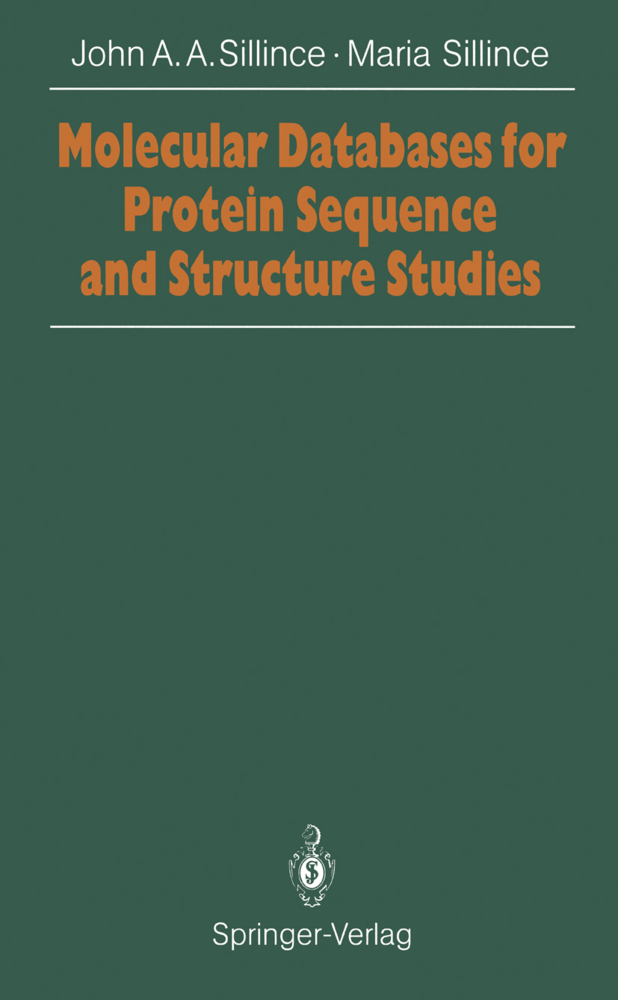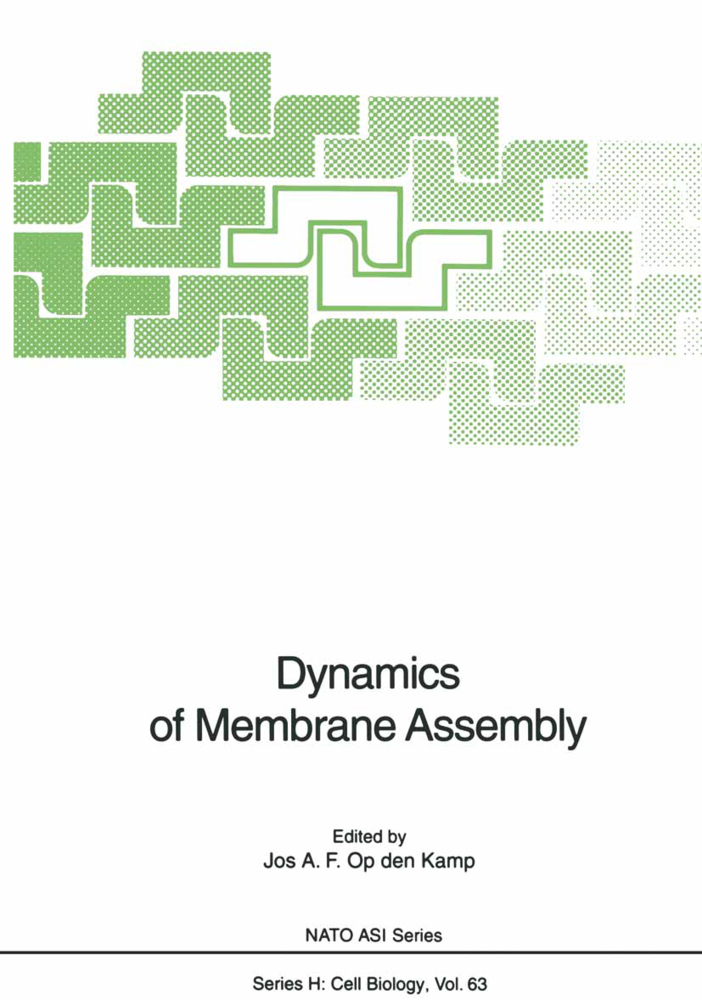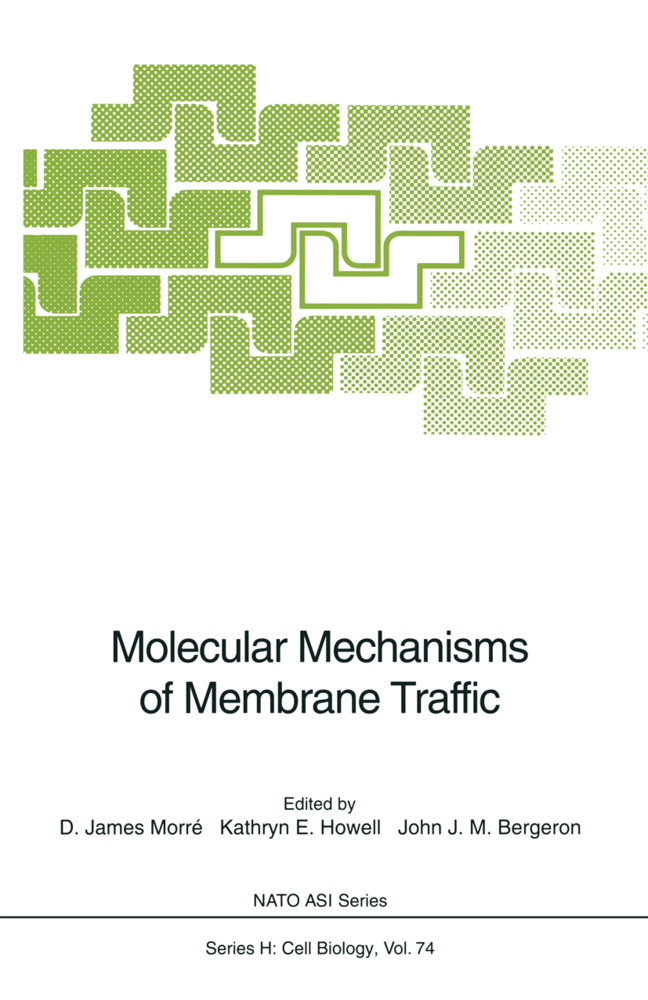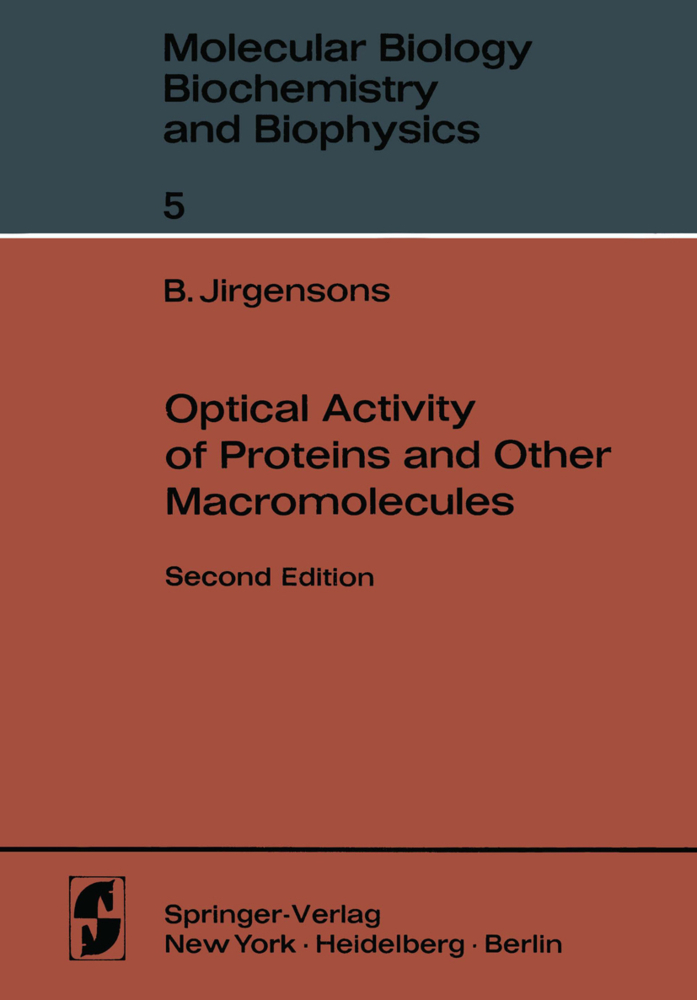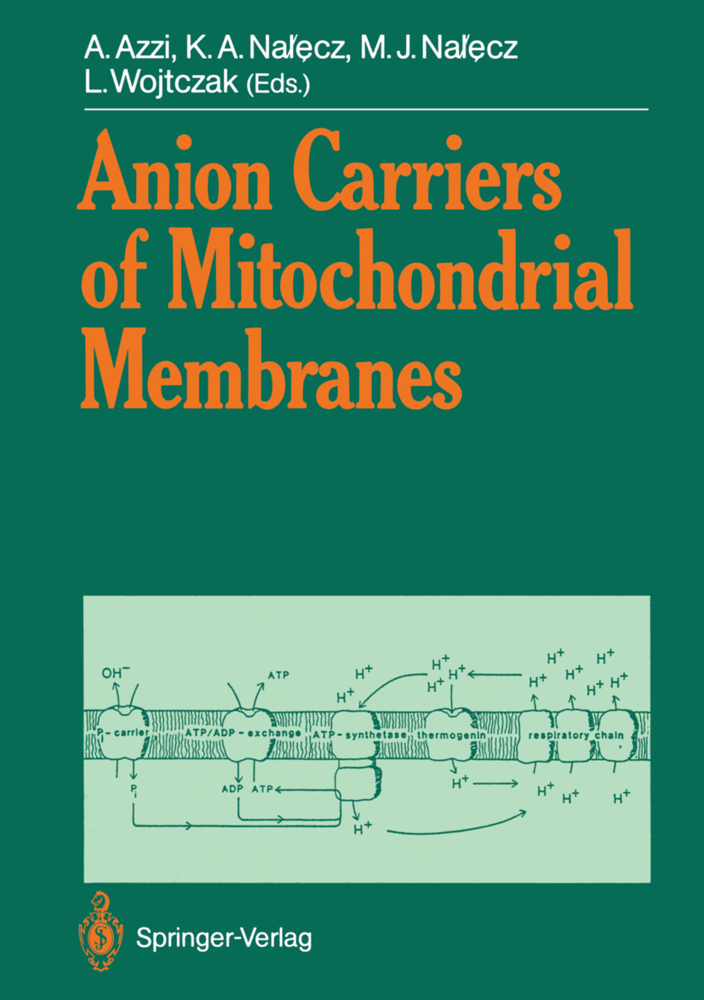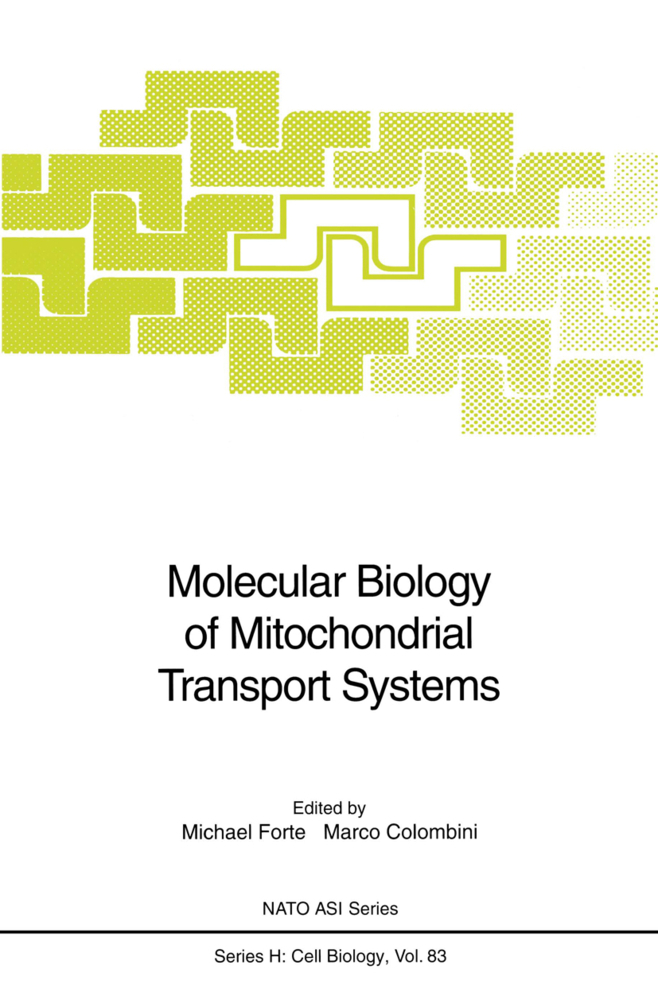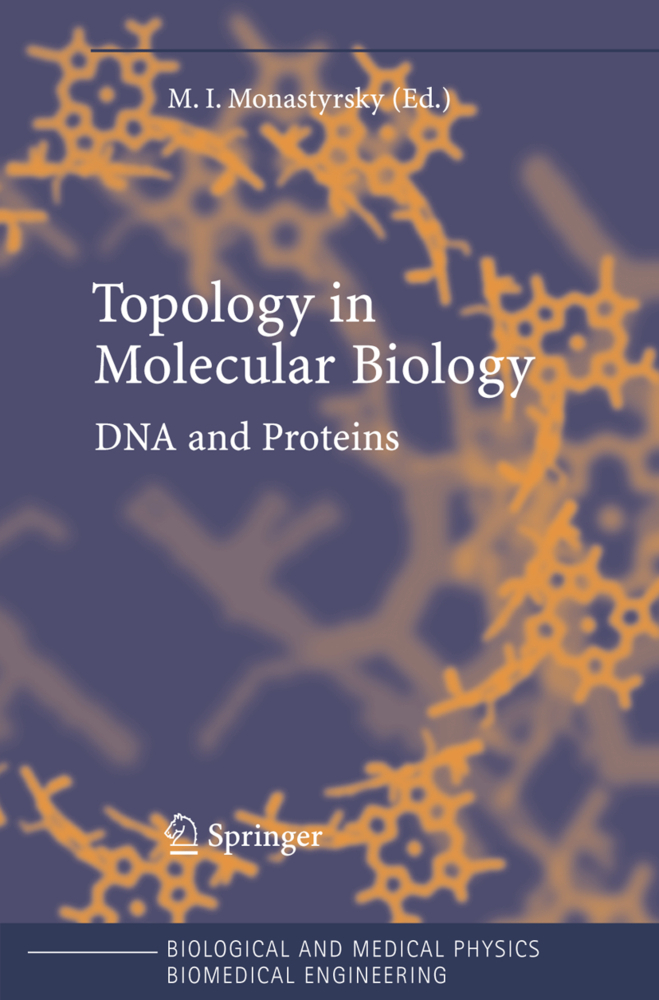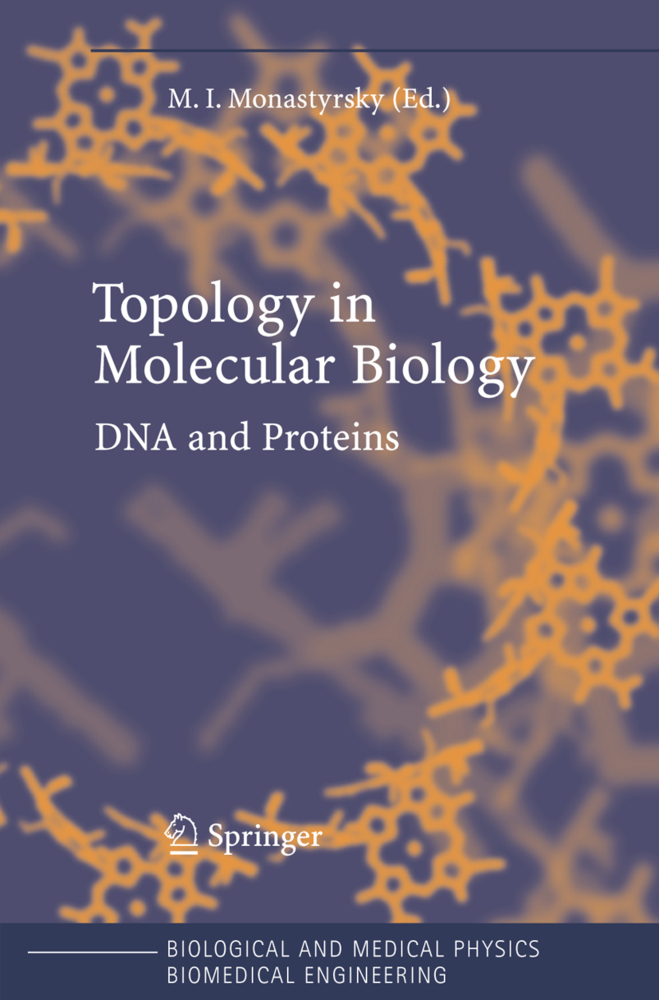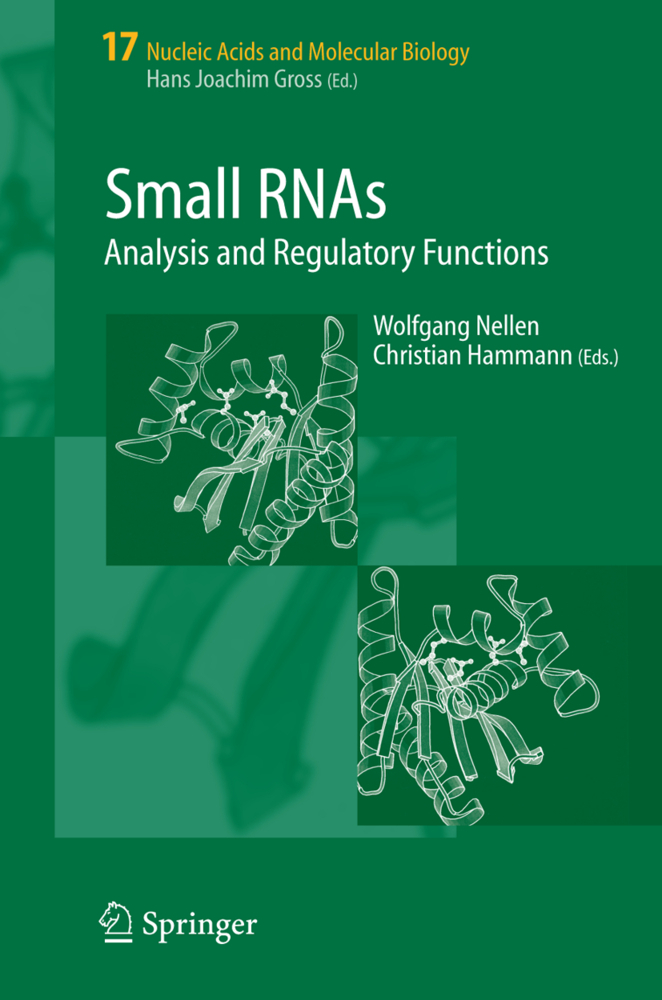Molecular Databases for Protein Sequences and Structure Studies
An Introduction
Molecular Databases for Protein Sequences and Structure Studies
An Introduction
The amount of molecular information is too vast to be acquired without the use of computer-bases systems. The authors introduce students entering research in molecular biology and related fields into the efficient use of the numerous databases available. They show the broad scientific context of these databases and their latest developments. They also put the biological, chemical and computational aspects of structural information on biomolecules into perspective. The book is required reading for researchers and students who plan to use modern computer environment in their research.
1.2 The structure and role of proteins and nucleic acids
1.3 The nature of molecular data and its representation
1.4 The importance of protein structure and function studies
1.5 References
Two: Computer-Based Research Tools for Molecular Science
2.1 The use of computers and online facilities in sequencing
2.2 The importance of sequence databanks in sequence analysis
2.3 Integration of databank searching with sequence determination
2.4 References
Three: Online Databases in Biochemistry and Molecular Science
3.1 The importance of online databases
3.2 Why use online services?
3.3 What problems motivate using online services?
3.4 Types of online databases and CD-ROMs
3.5 The financing of databases
3.6 Training end-users
3.7 Current awareness and in-house systems
3.8 References
Four: Methods of Computer Representation and Registration
4.1 Ambiguous versus unambiguous representation
4.2 Graphical data representation
4.3 Interconversion of structure representation
4.4 Registration
4.5 References
Five: Database Searching in Biochemistry and Molecular Science
5.1 Bibliographic searching
5.2 Patent searching
5.3 Substructure searching
5.4 References
Six: Using Expert Systems for Database Searching in Molecular Science
6.1 Introduction
6.2 Elements of database systems (DBS)
6.3 Elements of knowledge base systems (KBS)
6.4 Elements of a knowledge-based management system (KBMS)
6.5 References
Seven: The Main Sequence Databanks in Molecular Science
7.1 Definitions
7.2 Short history of sequence databanks
7.3 What databases are available?
7.4 The main sequence databases
7.5 Data structure and management
7.5 Data retrieval and manipulation
7.7 An exampleof protein sequnce analysis software
7.8 References
Eight: The Main Structure Databanks in Molecular Science
8.1 The significance and history of structure databanks
8.2 The Protein Data Bank (PDB) at Brookhaven
8.3 The Cambridge Crystallographic Databank
8.4 The Complex Carbohydrate Structure Database (CCSD)
8.5 Integrated access to structure and sequence data
8.6 References
Nine: Sequence Searching
9.1 Introduction
9.2 First example of a sequence search
9.3 Second example of a sequence search
9.4 Protein structure prediction
9.5 References
Ten: Case Study: Specification of an Expert System for Protein Structure Prediction
10.1 Introduction
10.2 Problem dexcription
10.3 The main functions of a structure prediction expert system
10.4 Elicitation of knowledge from protein scientists
10.5 References
11: Appendix
11.1 Source of information
11.2 Addresses
11.3 References.
One: Introduction
1.1 Aims of book1.2 The structure and role of proteins and nucleic acids
1.3 The nature of molecular data and its representation
1.4 The importance of protein structure and function studies
1.5 References
Two: Computer-Based Research Tools for Molecular Science
2.1 The use of computers and online facilities in sequencing
2.2 The importance of sequence databanks in sequence analysis
2.3 Integration of databank searching with sequence determination
2.4 References
Three: Online Databases in Biochemistry and Molecular Science
3.1 The importance of online databases
3.2 Why use online services?
3.3 What problems motivate using online services?
3.4 Types of online databases and CD-ROMs
3.5 The financing of databases
3.6 Training end-users
3.7 Current awareness and in-house systems
3.8 References
Four: Methods of Computer Representation and Registration
4.1 Ambiguous versus unambiguous representation
4.2 Graphical data representation
4.3 Interconversion of structure representation
4.4 Registration
4.5 References
Five: Database Searching in Biochemistry and Molecular Science
5.1 Bibliographic searching
5.2 Patent searching
5.3 Substructure searching
5.4 References
Six: Using Expert Systems for Database Searching in Molecular Science
6.1 Introduction
6.2 Elements of database systems (DBS)
6.3 Elements of knowledge base systems (KBS)
6.4 Elements of a knowledge-based management system (KBMS)
6.5 References
Seven: The Main Sequence Databanks in Molecular Science
7.1 Definitions
7.2 Short history of sequence databanks
7.3 What databases are available?
7.4 The main sequence databases
7.5 Data structure and management
7.5 Data retrieval and manipulation
7.7 An exampleof protein sequnce analysis software
7.8 References
Eight: The Main Structure Databanks in Molecular Science
8.1 The significance and history of structure databanks
8.2 The Protein Data Bank (PDB) at Brookhaven
8.3 The Cambridge Crystallographic Databank
8.4 The Complex Carbohydrate Structure Database (CCSD)
8.5 Integrated access to structure and sequence data
8.6 References
Nine: Sequence Searching
9.1 Introduction
9.2 First example of a sequence search
9.3 Second example of a sequence search
9.4 Protein structure prediction
9.5 References
Ten: Case Study: Specification of an Expert System for Protein Structure Prediction
10.1 Introduction
10.2 Problem dexcription
10.3 The main functions of a structure prediction expert system
10.4 Elicitation of knowledge from protein scientists
10.5 References
11: Appendix
11.1 Source of information
11.2 Addresses
11.3 References.
Sillince, John A.A.
Sillince, Maria
| ISBN | 978-3-642-76811-8 |
|---|---|
| Artikelnummer | 9783642768118 |
| Medientyp | Buch |
| Auflage | Softcover reprint of the original 1st ed. 1991 |
| Copyrightjahr | 2012 |
| Verlag | Springer, Berlin |
| Umfang | XVI, 236 Seiten |
| Abbildungen | XVI, 236 p. |
| Sprache | Englisch |

